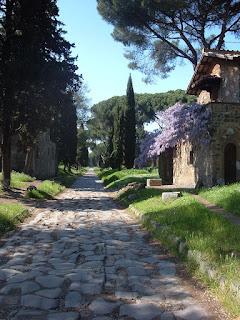Turned personal torment into bestselling book
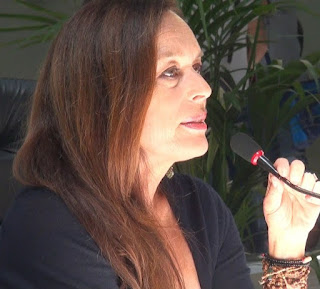 |
| Veronica De Laurentiis has become a fervent campaigner against domestic violence because of her own experiences |
Although she still works in film and TV, she is best known as a campaigner against domestic violence and the author of the bestselling book Rivoglio la mia vita (I Want My Life Back), which revealed details of the attacks she was subjected to in her first marriage. Her then-husband was subsequently jailed for 14 years.
Veronica De Laurentiis was cast in the blockbuster movie Waterloo - produced by her father - when she was just 18, alongside the great actors Rod Steiger and Christopher Plummer.
She married young, however, and after the birth of her first child, Giada - now well known as a TV cook in the United States - decided to suspend her acting career in order to focus on parenthood.
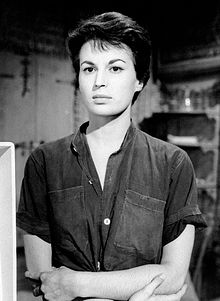 |
| Her mother, the actress Silvana Mangano, was a star of postwar Italian cinema |
They divorced four years after the birth of their fourth child, after which Veronica sustained herself by setting up a fashion design studio in Los Angeles, where she spent 12 years designing and making clothes.
At the same time she was undergoing therapy, the culmination of which was a book, published in 2006, the shocking revelations in which saw it rocket to the top of the Italian bestseller lists.
Rivoglio la mia vita not only described the violence she suffered in her marriage and the torment that followed her daughter’s revelation that she had been abused, as well as the personal guilt she felt at being unaware that it was going on.
De Laurentiis also wrote about her mother’s depression and the suicide attempt that she helped her father avert at the age of 14, but also about her life in the family villa near the Via Appia Antica in Rome and the aggressive, controlling nature of her father, not only over her mother’s career but her own.
Dino De Laurentiis, who died in 2010, opposed the publication of the book, telling Veronica she should not “wash the family’s linen in public” but she believed she had to go ahead.
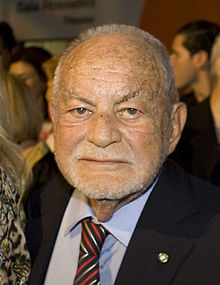 |
| Veronica's father, the film producer Dino De Laurentiis, opposed her book |
She wrote a second book - Riprenditi La Tua Vita – Le otto chiavi di Veronica (Take Back Your Life - Veronica’s Eight Keys), published in 2009.
She set up a group in Los Angeles in which she encourages women to come forward and tell their stories and began a foundation to fight domestic violence in Italy. The first “Silvana Mangano Centre” for the victims of domestic abuse, named in honour of her mother, opened in 2011 in Formia in Lazio, midway between Rome and Naples.
 |
| Formia is now a modern port on the coast between Rome and Naples but has a rich history |
Situated on the Tyrrhenian Sea coast between Rome and Naples, in Lazio but close to the border with Campania, Formia is a port town with that was a popular resort with the wealthy of Imperial Rome. One of its major attractions is the Tomba di Cicerone, a Roman mausoleum just outside the town which is said to have been built for the great Roman orator Cicero, who was reportedly assassinated on the Appian Way outside the town in 43 BC. Formia is also home to the Cisternone Romano, an underground reservoir built by the Romans. testament to Roman ingenuity. Other remains include the towers of the forts of Mola and Castellone, once two neighbouring villages. The generally modern feel of much of the resort and harbour today is down to a bombardment suffered during the Second World War, when Formia was a point on the German army’s Gustav Line and suffered heavy damage during the Allied invasion.
 |
| The Via Antica Appia passes through the ancient port of Terracina |
The Via Appia Antica - the Appian Way - is the ancient Roman road that linked Rome with the port of Brindisi some 550km (340 miles) away in the southeast corner of the peninsula. Beginning at Porto San Sebastiano, two miles south of the Colosseum, while some of the road is open to traffic other sections are preserved in their original form, passing through pleasant parkland, and there are numerous catacombs, tombs and other ruins along the way. It offers a quieter experience to visitors to Rome, away from the inevitably thronged centre. From Rome, the road followed a straight route to Terracina, followed the coast through Formia and then diverted inland through Capua and Benevento before crossing the peninsula to Taranto and on to Brindisi.
More reading:
Dino De Laurentiis - how a pasta trader from Naples helped put Italian cinema on the map
How Silvana Mangano shook off her sex-symbol image
Vittorio Gassman - Italy's 'Olivier'
Also on this day:
1898: The birth of opera singer Carlo Tagliabue
1936: The birth of operatic baritone Renato Bruson
1970: The birth of tragic cycling star Marco Pantani
Home
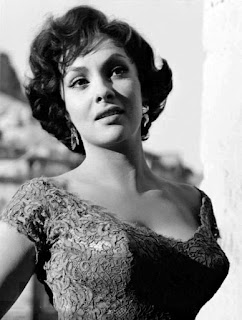
.png)

